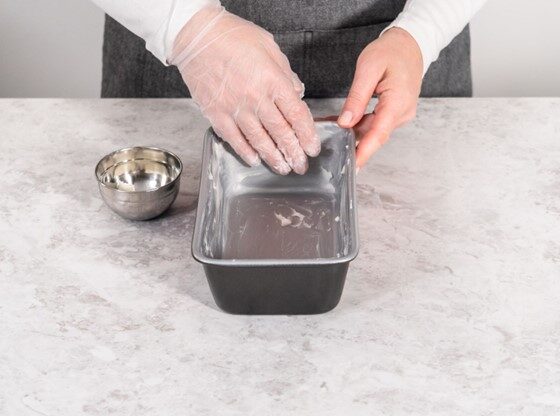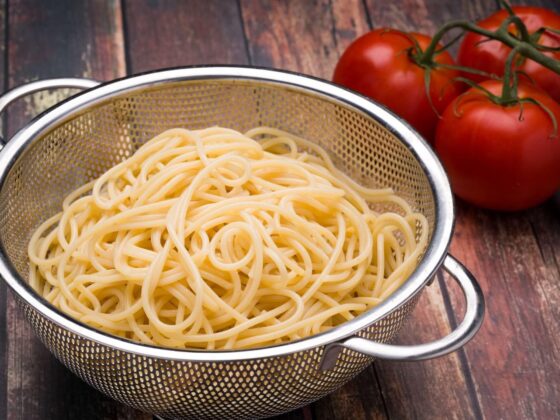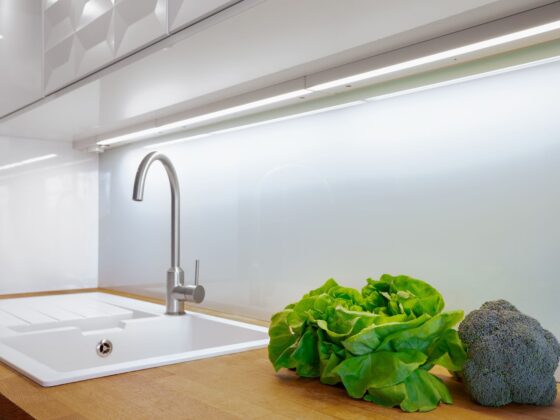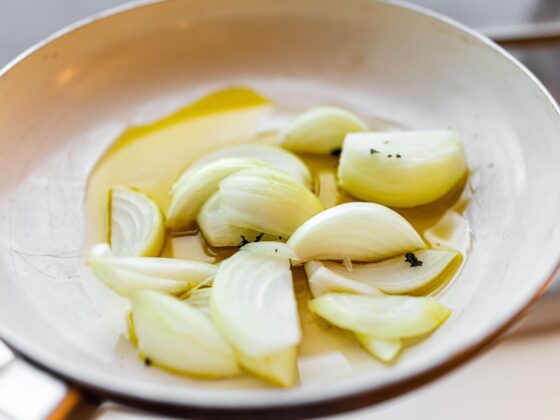When it comes to equipping your kitchen with essential tools, understanding the role of each knife is paramount. Among them, the chef’s knife stands out as a versatile workhorse. The term ‘chef’s knife’ might sound specific to professional chefs and reserved only for culinary experts. However, this kitchen essential is a must-have for every home cook, offering unparalleled versatility.
Cooking at home offers a fantastic opportunity to make nutritious meals, and incorporating fresh vegetables not only provides essential vitamins and minerals but also enhances flavor. Your chef’s knife becomes an indispensable tool for breaking down vegetables into suitable sizes for various dishes. Depending on the culinary creation, you might use the knife to skillfully slice onions for burgers, sandwiches, and salads, create wedges for roasting or grilling, or dice pieces to infuse extra flavor into diverse recipes. Given the slipperiness of onions and the potential for tears, a sharp knife is crucial for the task. Unsure about your knife’s sharpness?
Before you get hold of this amazing kitchen item, it is important to understand what it is, the chefs knife use, its care and also its complete anatomy.
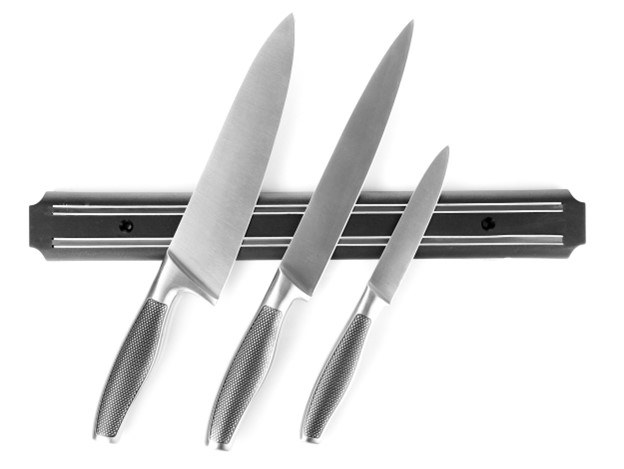
What Kitchen Knives Do You Need In A Kitchen?
To build a well-rounded kitchen arsenal, you need a variety of knives, each designed for specific tasks. However, the chef’s knife reigns supreme as an all-purpose blade, capable of handling a multitude of cutting, slicing, and dicing needs.
What Actually Is a Chef Knife? A chef’s knife is a multi-purpose kitchen tool characterized by its length, typically ranging from 8 to 10 inches. Ideal for a wide array of culinary tasks, it excels at chopping, slicing, and dicing various ingredients. While perfect for most applications, it may not be the best choice for intricate tasks like peeling or boning.
Anatomy of a Chef’s Knife
Understanding the Anatomy
Understanding the anatomy of a chef’s knife is essential for maximizing its utility. The blade, consisting of the edge, heel, tip, and spine, dictates the knife’s performance.
The Blade and its parts
A chef’s knife’s blade is the focal point, featuring a length of 8 to 12 inches and a curved edge known as the “belly.” This curvature facilitates the “rock chop” cutting technique. The blade comprises essential parts:
· The Edge: The magic happens here; opt for a durable steel blade with superior edge geometry.
· The Heel: The wider part closest to the handle, ideal for chopping harder items.
· The Tip: This pointed section is perfect for delicate cutting and detailed work.
· The Spine: The thick edge opposite the cutting edge, suitable for non-cutting tasks like scraping.
Understanding the materials used in crafting the blade, such as high carbon or stainless steel, is crucial for maintenance.
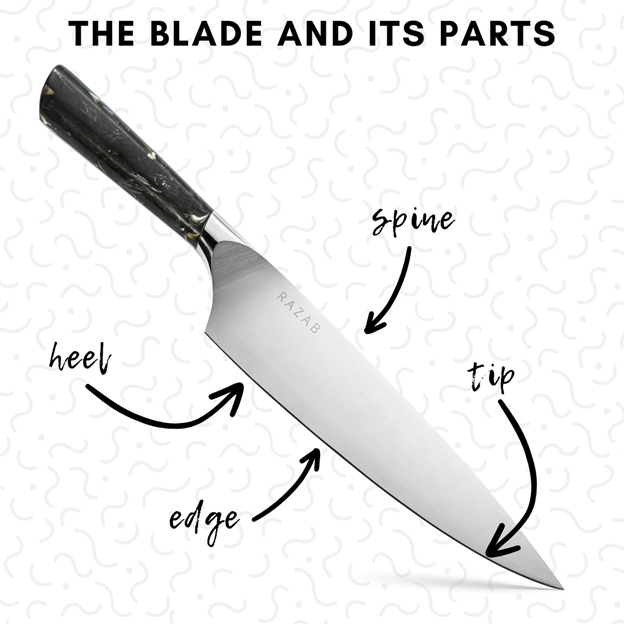
Choosing the Right Blade Material:
- High Carbon Steel: Affordable, holds an edge well, but prone to rust; ideal for professional chefs.
- Stainless Steel: Resistant to corrosion, dishwasher-friendly, may require more frequent sharpening.
Damascus Steel: Known for superior sharpness and unique patterns, often crafted from a combination of stainless and carbon steel.
The Handle and its Parts
Equally crucial is understanding the components of the handle, including the bolster, rivets, tang, and butt.
· The Bolster:Located at the junction of the blade and handle, the bolster adds balance and control.
· The Rivets: These are the fasteners securing the handle to the tang, ensuring stability.
· The Tang: The tang extends into the handle, providing strength and durability.
· The Butt: Situated at the end of the handle, the butt offers a comfortable grip and balance.
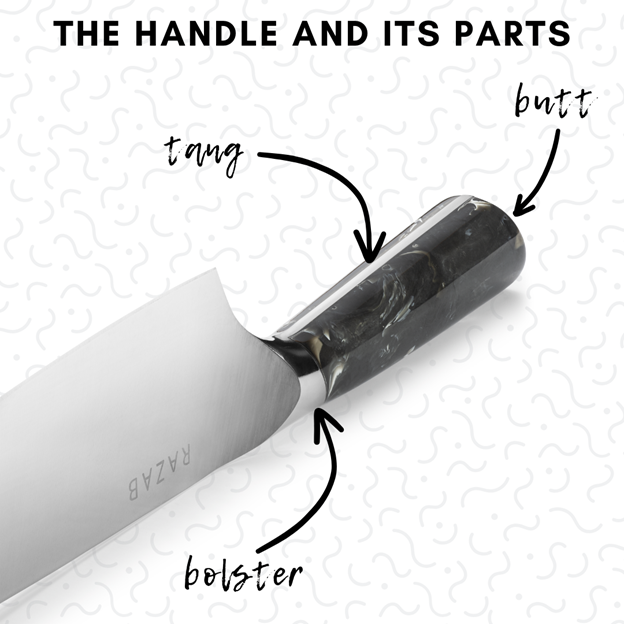
Materials Used in Knife Handles: Knife handles can be crafted from various materials, each with its own set of advantages and disadvantages. Natural materials like wood and bone offer aesthetic appeal but may be less practical than synthetic alternatives.
- Micarta vs. G10: Two popular synthetic materials known for durability. Micarta, created by soaking layers of linen cloth in phenolic resin, offers a smooth touch. G10, a fiberglass-based laminate, is lightweight, extremely durable, and has a checkered surface texture. G10 surpasses Micarta in terms of durability and strength.
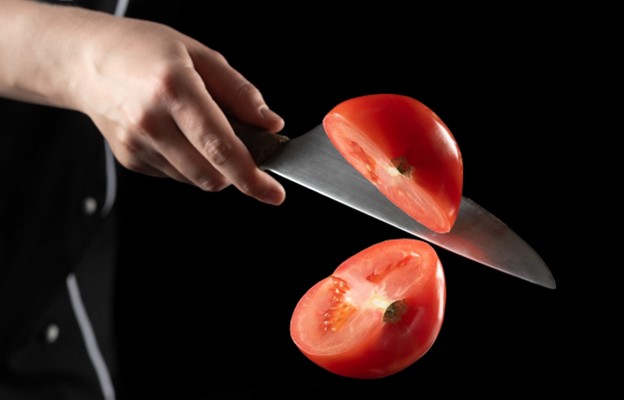
How Do You Cut with a Chef Knife?
Mastering the art of cutting with and using a knife particularly a chef’s knife involves adopting the pinch grip, maintaining a steady rhythm, and using the appropriate technique for each task.
1. Using a Chef’s Knife to Prepare Vegetables: Effortlessly chop, slice, and dice vegetables of all shapes and sizes for salads, stir-fries, or roasts.
2. Using a Chef’s Knife to Prepare Fruit: From delicate peeling to precise slicing, a chef’s knife is indispensable for preparing a variety of fruits.
3. Using a Chef’s Knife to Prepare Herbs and Spices: Achieve finely minced herbs and spices, enhancing the flavor profile of your dishes.
4. Using a Chef’s Knife to Prepare Meat: Whether it is breaking down a chicken or slicing through a steak, a chef’s knife handles meat with ease, making it a go-to tool for any meat-related task.
With this comprehensive guide, you will not only appreciate the chef’s knife’s versatility but also wield it with confidence in your culinary endeavors.
What is a Chef Knife Used For?
A chef’s knife is a versatile tool used for a myriad of kitchen tasks. Its broad blade and sharp edge make it perfect for chopping, slicing, and dicing vegetables, fruits, herbs, spices, and meats with precision and efficiency.
The care for a chef knife
Proper care ensures the longevity and performance of your chef’s knife. Regular honing, hand washing, and storing it properly are essential practices to maintain its sharpness and overall quality. Properly caring for your chef’s knife is essential to maintain its longevity and optimal performance. Firstly, handwashing the knife is imperative; avoid exposing it to harsh dishwasher conditions, which can lead to damage and a dull blade.
Use a mild detergent, warm water, and a soft sponge, drying the knife immediately to prevent corrosion. Regular honing, done with a honing rod, helps realign the blade’s edge, ensuring continued sharpness. When not in use, store your chef’s knife in a knife block or on a magnetic strip to prevent damage and maintain its edge. To avoid accidents, always handle the knife with caution, keeping fingers away from the blade.
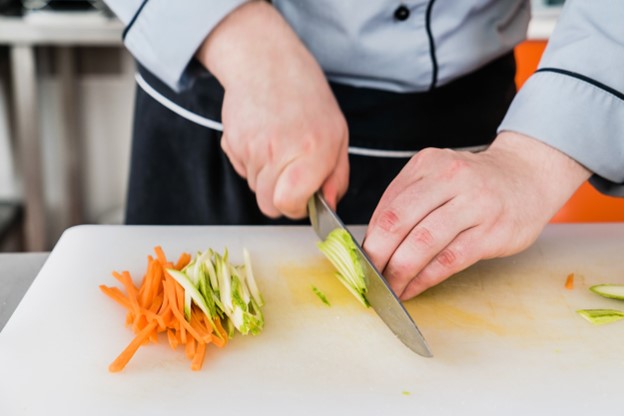
Lastly, periodic professional sharpening is recommended to restore the blade’s sharpness and overall effectiveness. By adhering to these care practices, you’ll ensure your chef’s knife remains a reliable and long-lasting kitchen companion.
When dealing with dense fall and winter vegetables such as sweet potatoes and winter squashes, the chef’s knife’s substantial heft proves invaluable. The blade’s length and robust heel effortlessly tackle the toughest veggies, ensuring quick and efficient preparation in the kitchen.
Wrapping up
In conclusion, mastering the use of a chef’s knife is an empowering journey in the realm of culinary arts. This comprehensive guide has unraveled the intricacies of this indispensable kitchen tool, covering everything from its anatomy to precise cutting techniques. Understanding the anatomy of the chef’s knife, including its blade and handle components, is crucial for harnessing its full potential. The blade, with its edge, heel, tip, and spine, dictates the knife’s performance, while the handle, comprising the bolster, rivets, tang, and butt, contributes to control and balance.
The guide has not only shed light on how to cut with a chef’s knife, emphasizing the pinch grip, rocking motion, and various cutting techniques but has also detailed the versatile applications of this kitchen workhorse. Whether it is the need for slicing, chopping, dicing, or mincing, the chef’s knife proves itself as an unmatched companion in the kitchen.
Moreover, the exploration of knife handle anatomy and materials has highlighted the significance of a well-designed handle for a knife’s overall functionality. From the bolster to the butt, each part plays a role in determining grip, durability, and performance. The choice between materials like Micarta and G10 further adds a layer of informed decision-making for those seeking a quality chef’s knife.
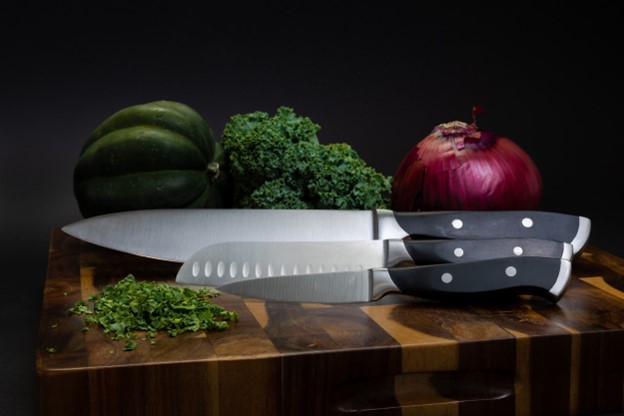
The guide does not stop at usage; it extends into the crucial realm of care. Proper maintenance, including handwashing, regular honing, and safe storage, ensures the knife’s longevity and sharpness. The conclusion emphasizes the importance of caution during handling and recommends periodic professional sharpening to restore the blade’s effectiveness.
In essence, this guide equips both novice and experienced cooks with the knowledge and skills needed to wield a chef’s knife with confidence. From selecting the right knife to mastering cutting techniques and ensuring proper care, this guide serves as a comprehensive resource for anyone looking to elevate their culinary experience. The chef’s knife is not merely a kitchen tool; it is a companion in the art of cooking, and with this guide, its mastery is within reach for all.
